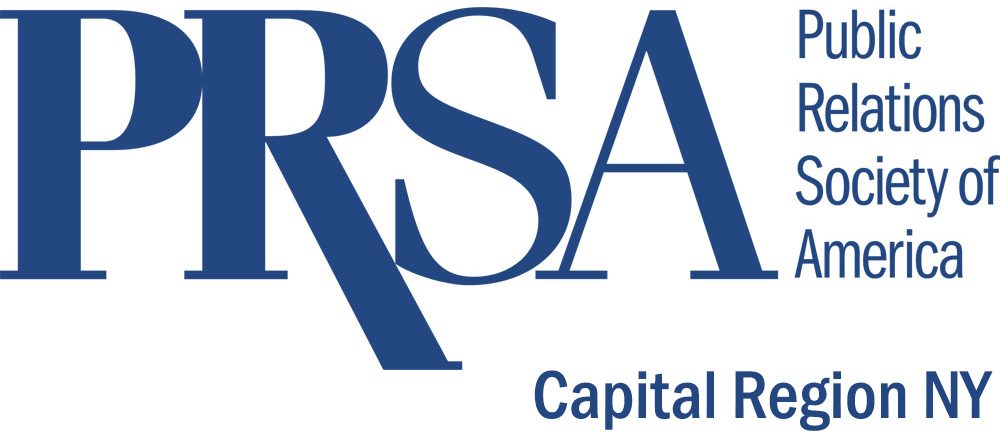By: Mike Lesczinski, President of Publication Relations Society of America Capital Region NY
For most of us in public relations, it wasn’t too long ago that our work days were built solely around a single all encompassing strategy – earned media. If we weren’t brainstorming pitching ideas, we were attempting to bring those ideas to life and onto the front page of the local pub or trade magazine.
While media relations continues to play an integral role in every PR strategy (how could it not?), shrinking newsrooms have demanded a supplemental course of action. Fortunately, the maturation of social and online media offers a solution: owned media. That is, content created within corporate blogs or fully staffed online newsrooms and shared with the world through an organization’s own distribution networks.
The benefits of engaging in a content creation strategy are extensive, allowing a company to bypass media gatekeepers and use social notification platforms (e.g. Facebook, Twitter, Reddit, etc) to directly reach its own audiences. This allows for the ability to not only control the message, but tailor in a way that maximizes its impact.
After watching Georgy Cohen discuss Tufts Now at the Counselors to Higher Education Senior Summit last April, I knew the concept of content creation could be replicated successfully at Excelsior College, the private, nonprofit distance learning institution I call home. Out sprung Excelsior Life, an online newsroom to tell our own stories and showcase the people, events, and programs that make Excelsior a vibrant higher education community.
One of Excelsior Life’s strengths resides in a diversification of content, ranging from original reporting on breaking news and announcements to behind-the-scenes looks at faculty research to the passionate pursuits of staff and achievements of graduates. We even recently launched a new podcast interview series called “Distance EDU on Demand” to explore the world of online learning and higher education, featuring in-depth interviews and topical discussions with our own academic body.
Each of these pieces of content is a new opportunity to touch our audiences, whether that is adult learners, staff, faculty, partners, media, industry, etc. Our stories are shared through social media (including topic-oriented LinkedIn groups) and integrated throughout our website. They are emailed to partners, targeted audiences, and internal staffers to leverage their networks and hopefully, amplify awareness. Podcasts are uploaded to iTunes for those who rather listen on the go. Free online registration tools such as EventBrite and MailChimp allow for not only lead generation, but the creation of targeted, topical email distribution lists.
A successful content creation strategy doesn’t live independent from an earned media strategy though, but rather hand-in-hand. At Excelsior, we use our stories, and often the background research compiled through interviews with our subjects, to develop new angles for subsequent pitches. We notify individual reporters about articles that may be relevant to stories they are working on and secured inclusion within subsequent articles as a result. And we accompany our pitches with our podcasts to demonstrate to targeted reporters that our resources are both knowledgeable and eloquent.
Now each of these tactics and strategies are replicable at your company.
Instead of showcasing the expertise of academics, why not feature the thought leadership of your executives? Humanize your company through staff spotlights or bring a customer case study to life through a YouTube video? Each of these platforms gives you a chance to create an audience touch point.
They key remains in how you integrate the content. Don’t just email a press release on a company announcement, have an executive record an MP3 soundbyte and ship it off to local radio stations as well. Or, if your news is less than favorable, use your company blog to discuss (from the heart) the process that led to the decision and share it with those impacted. Every bit counts, especially when given the personal touch.
Becoming your own content creator, of course, is not easy. It can be painstaking in terms of time and energy, and often enough, the last thing a PR practitioner wants to do is transform themselves into a journalists as well. But if you are exploring new ways to share your stories with the world, you have options.
